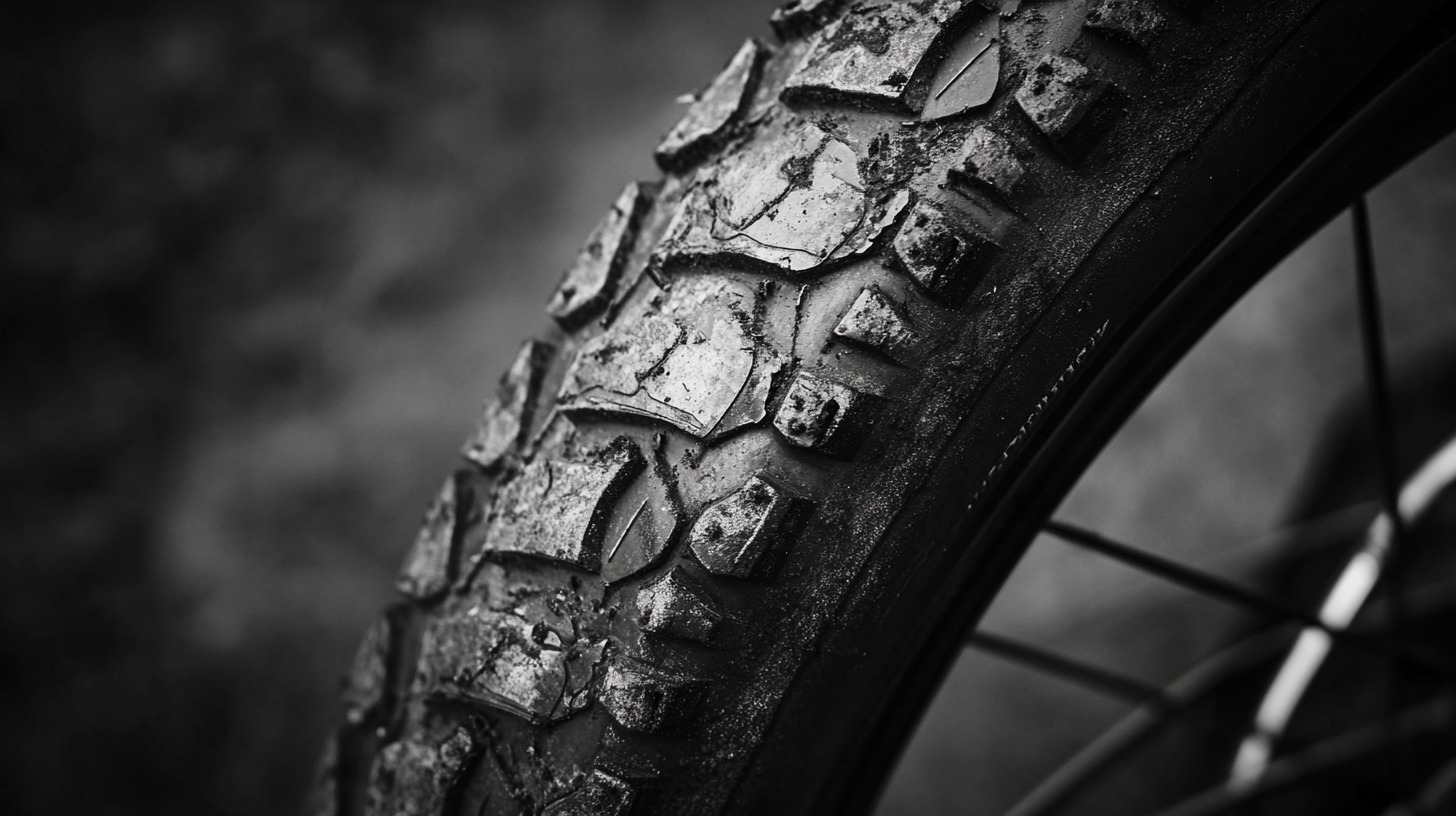Maintaining proper tire pressure is crucial for a safe, efficient, and comfortable bike ride.
Correct tire pressure not only enhances performance but also significantly reduces the risk of accidents.
Many cyclists mistakenly believe that harder tires equate to faster rides, which isn’t necessarily true.
Let us talk about this.
What to Know About Bike Tire Pressure?
Tire pressure is typically measured in PSI (pounds per square inch) or bars, with PSI being the most common unit in many countries.
The PSI or bar value you choose for your tires greatly impacts your bike’s performance. Each tire has a recommended pressure range, usually indicated on its sidewall, which is essential to follow for optimal safety and performance.
Understanding these units and what they mean for your ride is crucial. Higher PSI levels result in harder tires, which can reduce rolling resistance and potentially increase speed on smooth surfaces.
However, this is not always ideal for every rider or terrain. The lower end of the recommended range offers more grip and comfort, especially on uneven or rough terrains, as the tire can better conform to the road surface.
Cyclists must also consider that this is not a one-size-fits-all figure.
Various factors influence the optimal tire pressure, including:
- Bike type
- Rider’s weight
- Riding conditions
Risks of Over-Inflating Tires
Over-inflating bike tires introduces several risks that can significantly compromise both safety and comfort.
- Reduced grip and traction due to a smaller contact patch with the road
- Increased susceptibility to punctures from sharp objects or rough terrain
- Compromised comfort, leading to a harsher ride and increased rider fatigue
- Higher likelihood of tire bursts, particularly in hot weather conditions
- Elevated risk of accidents due to sudden tire failure at high speeds
Factors Influencing Optimal Tire Pressure
Several factors influence the optimal tire pressure for a bike, and understanding these can help cyclists tailor their tire pressure to suit their specific needs and riding conditions.
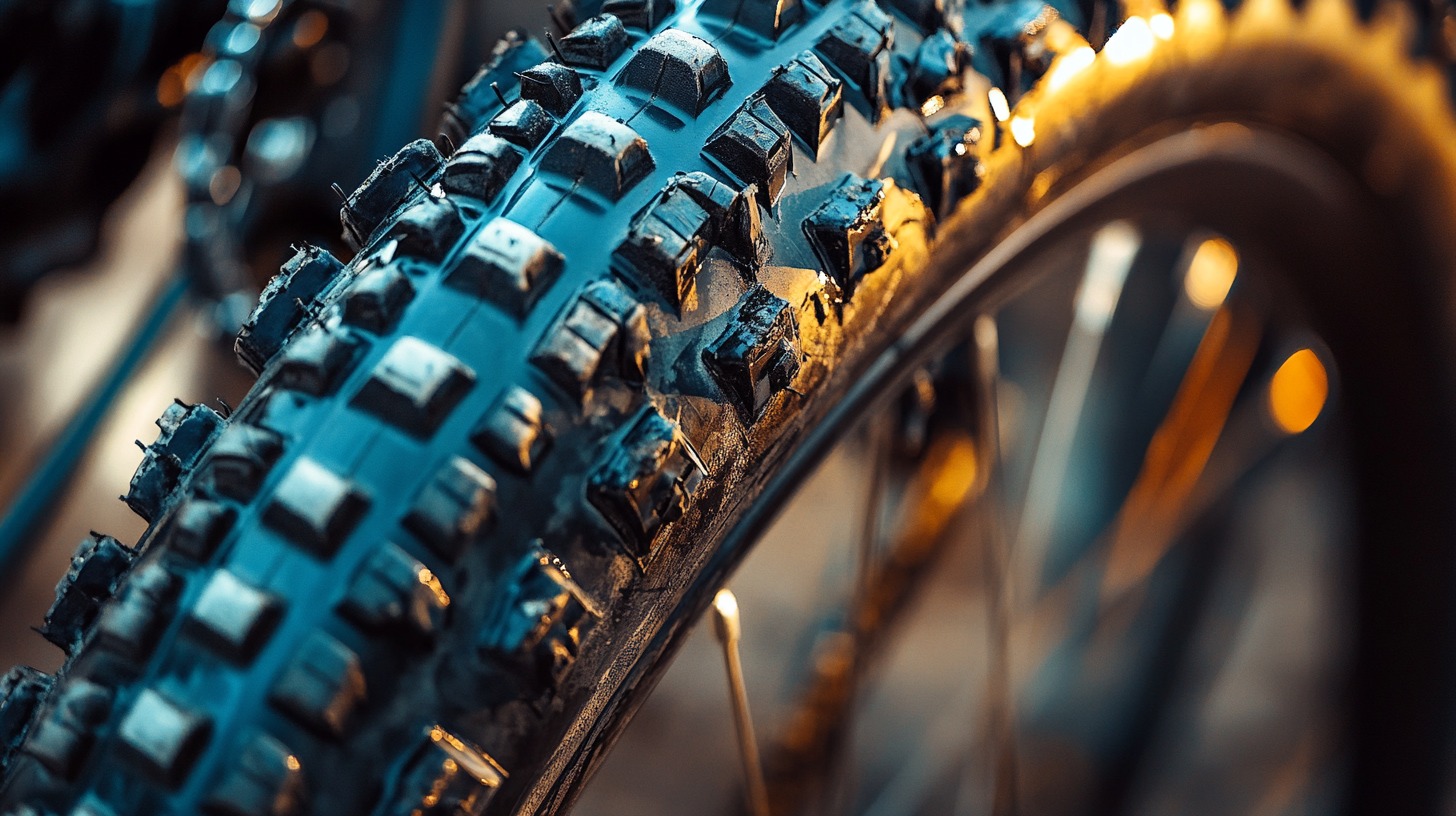
Rider’s Weight and Load
The weight of the cyclist is one of the most critical factors in determining the right tire pressure.
A heavier rider puts more force on the tires, which can cause them to compress more. However, there are some voices that contradict this opinion.
To counteract this, it is often recommended to prevent the tires from deforming excessively under the load, which can increase rolling resistance and make the ride less efficient.
However, over-inflating the tires to accommodate for weight must be approached with caution.
While increasing the pressure may help maintain the tire’s shape, it can also lead to the risks associated with over-inflation, such as reduced grip and a harsher ride.
Tire Type and Width
The type and width of your bike tires are equally important in determining the correct pressure. Wider tires generally require lower levels compared to narrower tires.
The reason for this is simple: wider tires have a larger contact patch with the ground, distributing weight more evenly.
It allows the tire to roll over obstacles more smoothly and reduces the chances of punctures when riding over rough terrain.
Moreover, the growing popularity of tubeless tire systems has brought additional flexibility in adjusting it.
Tubeless tires allow for lower pressure without increasing the risk of pinch flats, which are more common with traditional inner tubes.
Lower pressure in tubeless systems enhances traction and comfort, especially in off-road conditions, where grip is paramount.
Terrain Considerations
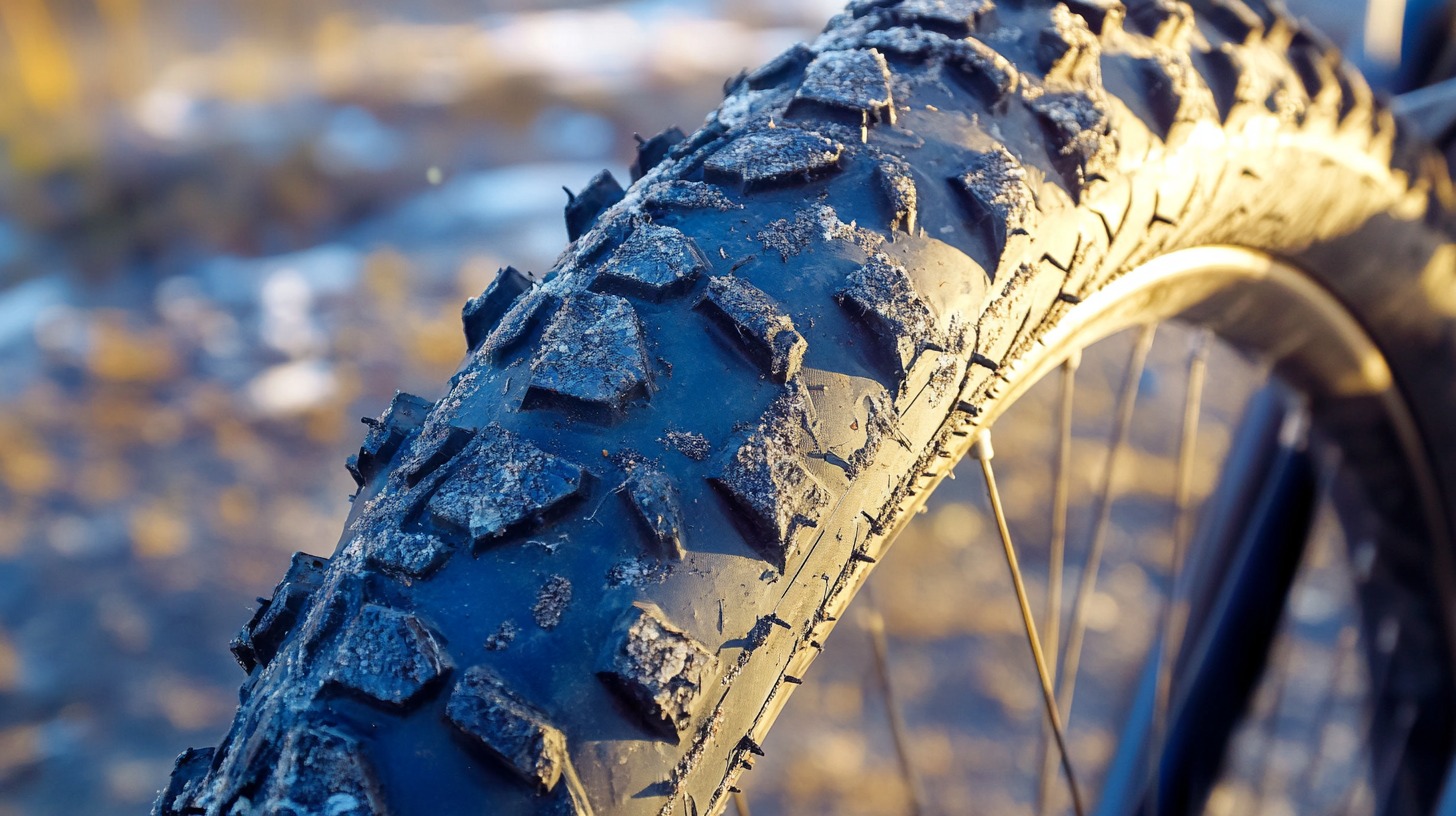
The type of terrain you’re riding on should directly influence how you set your tire pressure.
Different terrains demand different tire behaviors, and adjusting the pressure accordingly can dramatically improve your riding experience.
For rough, uneven, or off-road terrain, lower level is typically more effective.
Lower point allows the tire to better conform to the surface irregularities, providing improved grip and shock absorption.
Weather and Temperature
Weather and temperature are often overlooked but are crucial factors in determining tire pressure. Air pressure inside your tires can fluctuate with temperature changes.
For example, a tire inflated in the cool morning may become over-inflated as the day heats up. It is because the air inside expands with the rising temperature, increasing the internal pressure.
Conversely, during colder weather, tire pressure can drop as the air inside the tire contracts. It can result in under-inflated tires if not adjusted properly.
Therefore, it’s essential to regularly check your pressure when there are significant temperature changes, ensuring that your tires are always within the optimal pressure range for the conditions.
How to Measure and Adjust It?
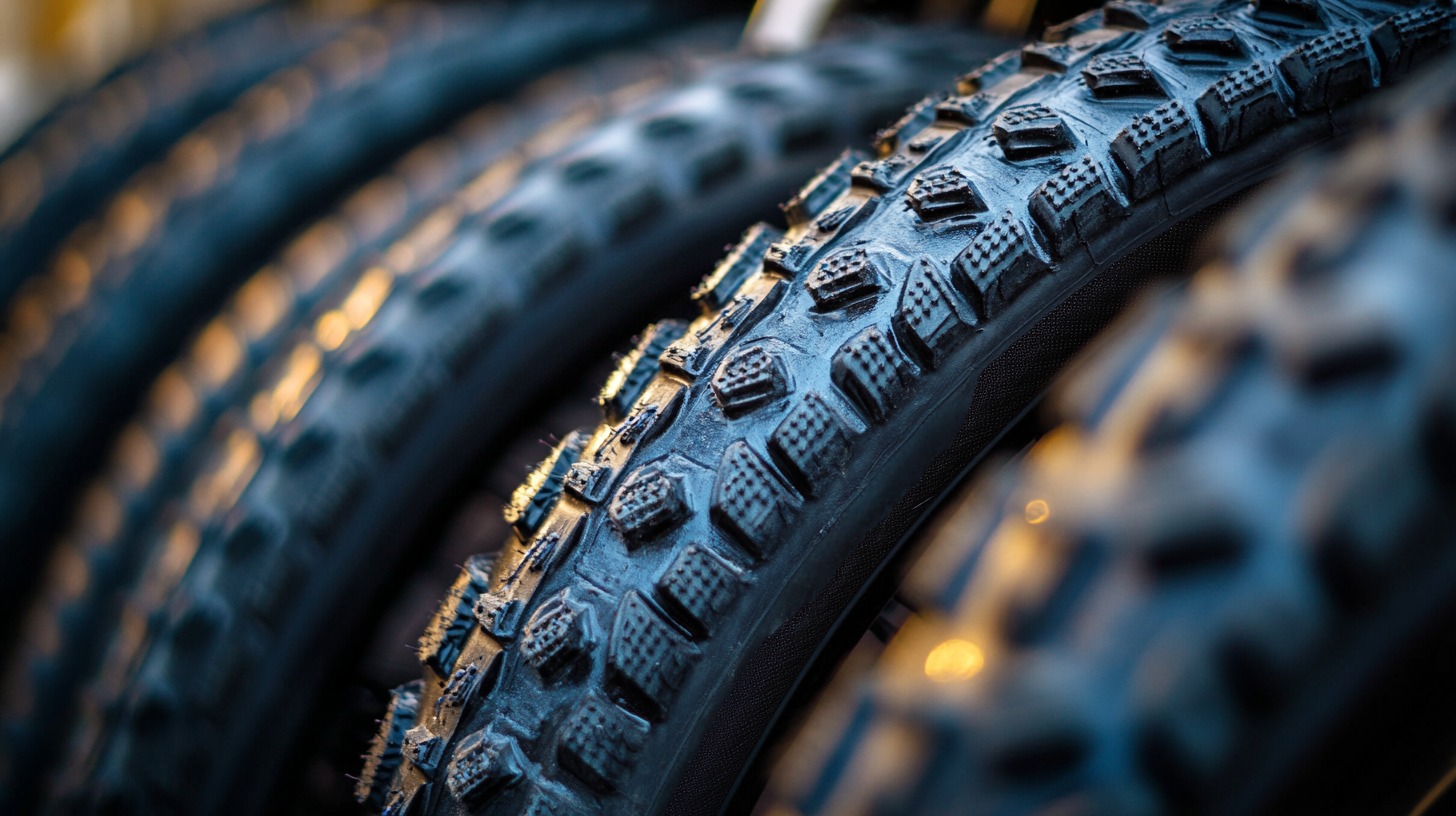
Measuring and adjusting tire pressure accurately is vital to maintaining optimal performance and safety. Using a reliable pressure gauge is essential, as many bike pumps with built-in gauges can be inaccurate.
A standalone pressure gauge provides precise readings, helping you ensure that your tires are neither under nor over-inflated.
Regular checks are necessary to maintain proper tire pressure. For most riders, checking it at least once a week is advisable, especially before long rides or races. But generally speaking, one month is more than enough.
Changes in weather conditions, terrain, or load can affect the tires, making routine checks crucial for adjusting to these variables.
Adjusting tire pressure is straightforward but must be done carefully. When increasing pressure, add air in small increments and check the gauge frequently to avoid over-inflation.
When lowering, release air gradually, checking the gauge to ensure you don’t go below the recommended range.
Always adjust your tire pressure according to the factors discussed earlier, including rider weight, tire type, and riding conditions.
Finding the Right Balance
Finding the right tire pressure is often a process of trial and error. Every cyclist is different, with varying weights, riding styles, and typical terrain, so the optimal pressure will vary.
Start within the manufacturer’s recommended range and make small adjustments based on your experience.
If you feel the ride is too harsh, try reducing it slightly. If you’re struggling with speed or notice frequent punctures, increasing it might help.
Safety should always be the priority. Never exceed the manufacturer’s recommended pressure range, as this can lead to dangerous situations like tire bursts.
Regularly check your tire pressure and keep experimenting until you find the pressure that offers the best balance of safety, comfort, and performance for your specific needs.
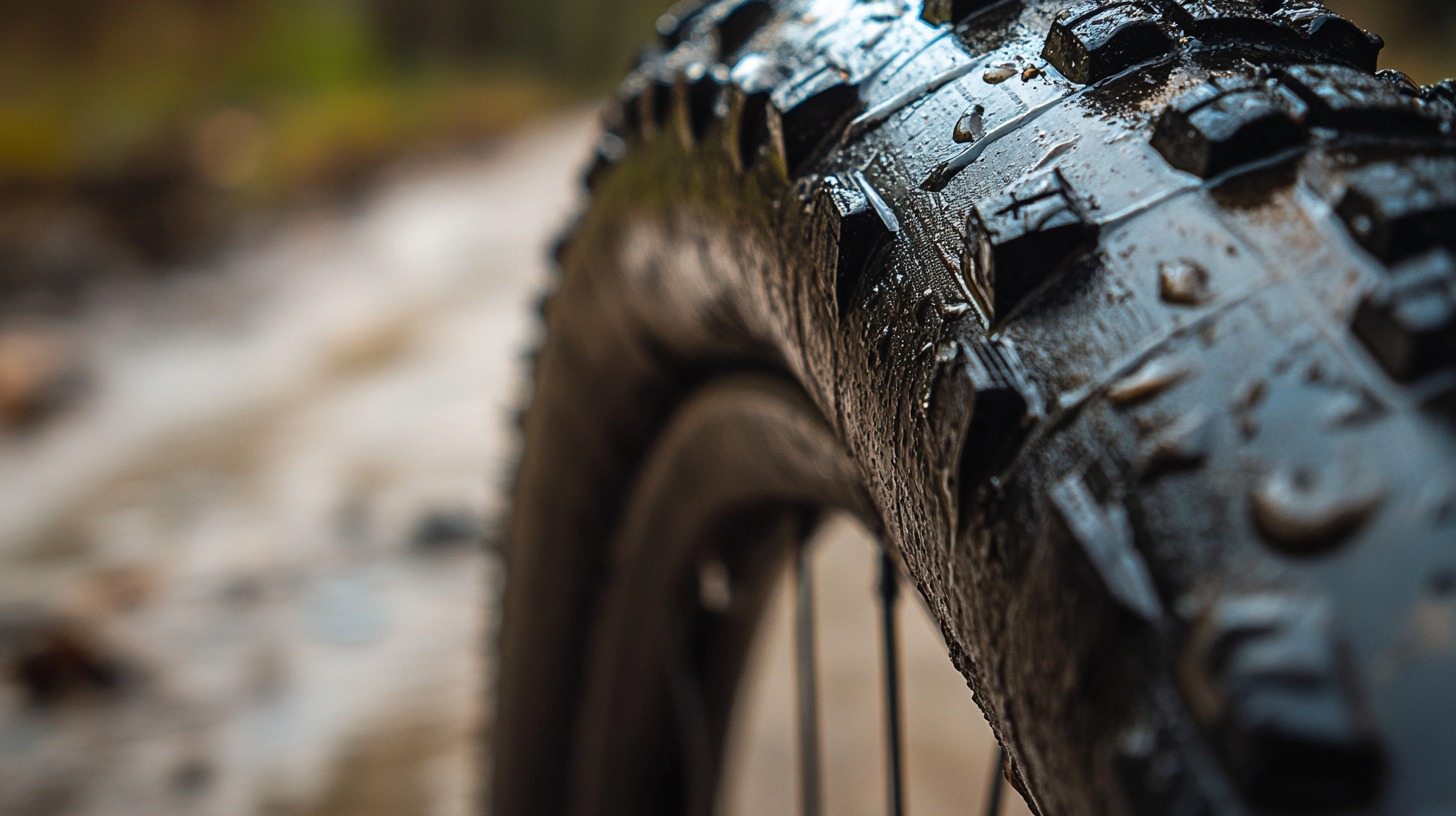
Summary
Proper tire pressure is essential for a safe and enjoyable cycling experience. Over-inflation carries risks that can compromise safety and comfort.
By regularly checking your tire pressure and considering the factors that influence it, you can ensure a smoother, safer ride.
Always stay within the recommended pressure range and adjust based on your specific conditions for the best results.
When you figure out what is the proper tire inflation, come visit some of the best mountain bike summer events!

